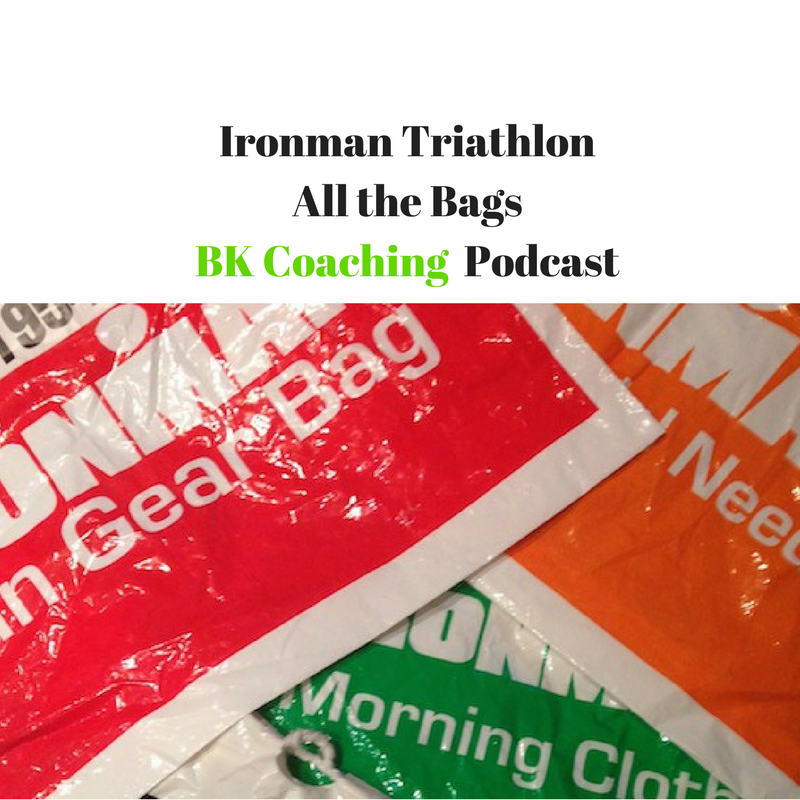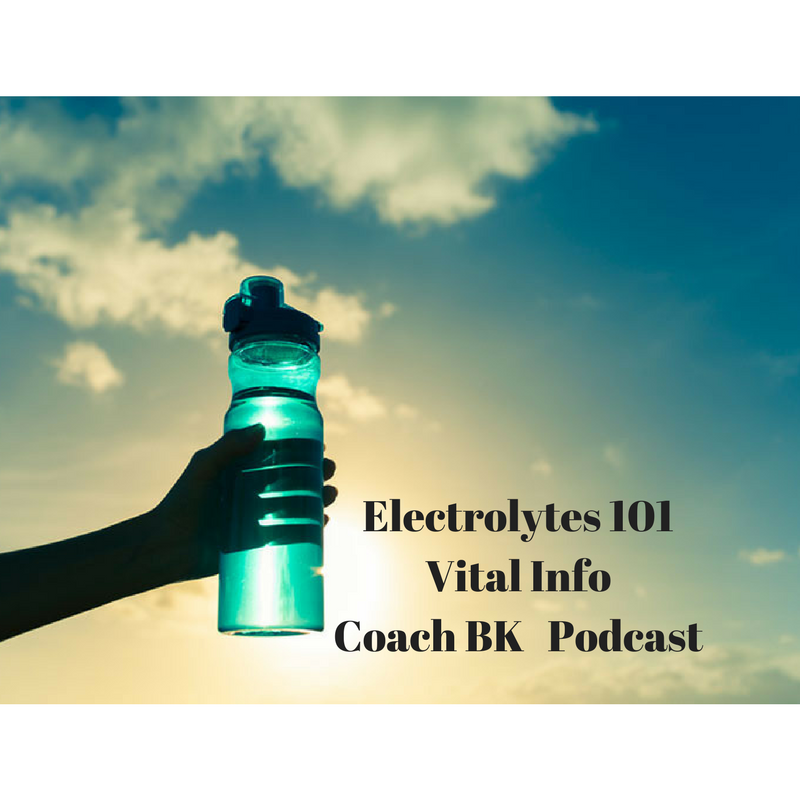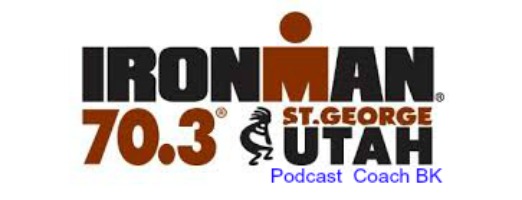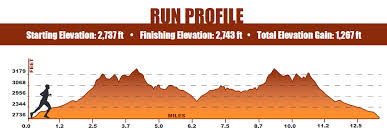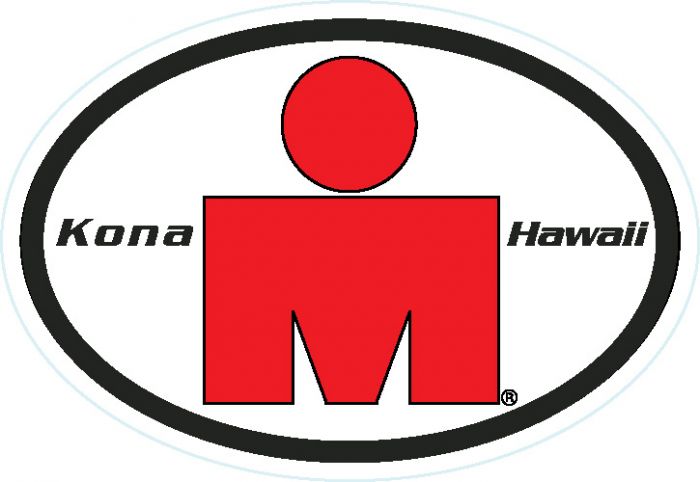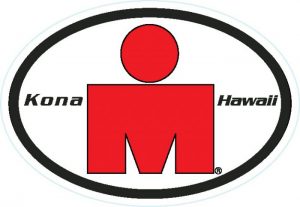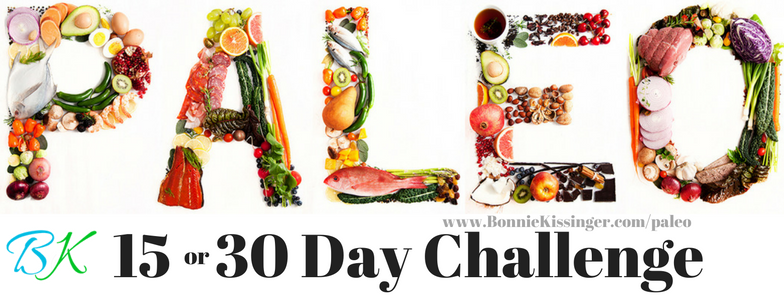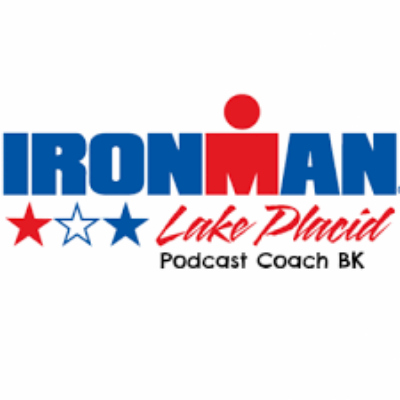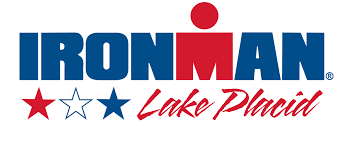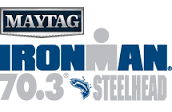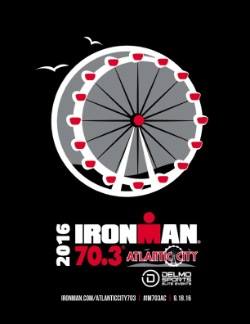#59 Ironman Triathlon Special Needs Bags
[podcast src=”https://html5-player.libsyn.com/embed/episode/id/5564695/height/90/width/480/theme/custom/autonext/no/thumbnail/yes/autoplay/no/preload/no/no_addthis/no/direction/forward/render-playlist/no/custom-color/88AA3C/” height=”90″ width=”480″]
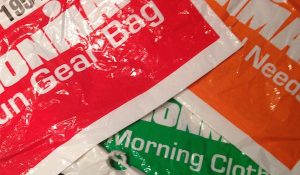 What to do with all of the bags you receive at your Ironman race
What to do with all of the bags you receive at your Ironman race
What the #?$% do I do with all these bags?!
You just checked in at your Ironman race as are headed back to your hotel/condo wondering why did they give me all of these bags – Do I need them? What goes in them? Where do I need to bring them and when*? This can seem a bit overwhelming at first thought, so let’s demystify the process.
There will be 5 bags, each with a specific purpose to be utilized in a particular time and place:
- Pre-swim/dry clothes
- Swim to bike (T1)
- Bike special needs
- Bike to run (T2), and
- Run special needs.
The bags will either come pre-numbered or you will receive a sticker sheet with your race number to place on the bags. It is best to think about what you want to put into these bags well ahead of time. Make a checklist for each bag so that you will not forget a single item. Lists are a way to keep a sense of control at a time when tensions can be high. Having this control and order will go a long way to staying calm during your final race preparation. Let’s take a look at each bag.
Morning Clothes Bag – This bag is for your “street” clothes you wear to transition on race morning and/or your dry clothes for after the race. Don’t underestimate how great it will feel to get on some dry clothes after being in clothes that can be wet and rather gross for so many different reasons. 😉 One item that is always a post-race favorite are flip-flops (aka “slippers”, if you’re in Kona).
Bike Gear Bag – This bag will be placed in T1 during the gear check-in and will have everything that you need for the bike leg.
- Helmet
- Sunglasses
- Socks
- Cycling shoes
- Chamois cream
- Sunscreen (this is often available in T1)
- Arm warmers/coolers (and any other special clothing)
- Race belt with number (if required to wear it during the bike leg)
- Nutrition (calories, hydration, caffeine, and electrolyte tabs – if not stowed on the bike)
- Cycling race kit (if not worn during the swim leg)
Run Gear Bag – This bag will be placed in T2 during the gear check-in and will have everything that you need for the run leg.
- Visor/Hat
- Running shoes
- Sunglasses (if not worn on the bike)
- Race belt with number (if not worn during the bike leg)
- Nutrition for the run (calories, hydration, caffeine, and electrolyte tabs – if you plan to carry some)
- Body Glide
Bike Special Needs – This bag will be available to you, usually right around the halfway point of the bike. This bag will be dropped off race morning*. Some items for this bag include nutritional items and some basic “oh crap” bike repair items. Know that these repair items are purely back-ups and you should carry them and more on the bike with you.
- Nutrition – bottles of your special sauce, gels, bars, caffeine, and electrolyte tabs, etc.
- Something yummy – if things aren’t going well, it can be nice to have a special treat that you know will sound good. I always put a king size Snickers Bar in my special needs bag, just in case.
- Spare tubes/tubular tire
- CO2
- Inspirational note or picture. This is always nice to have… You can even write a note to yourself with some words of encouragement.
Run Special Needs – This bag will be available to you, usually right around the halfway point of the run. This bag will be dropped off race morning. Some items for this bag include nutritional items and comfort items.
- Nutrition – bottles of your special sauce, gels, bars, caffeine, and electrolyte tabs, etc.
- Something yummy – if things aren’t going well, it can be nice to have a special treat that you know will sound good. I always put a king size Snickers Bar in my special needs bag, just in case. Yep, I put one in each of my special needs bags. J
- Comfort items – extra pair of socks, long sleeve t-shirt, etc.
- Vaseline/Body Glide
What you put in your particular bags is a very individual decision. You have control over what you want out there on race day. Know that Murphy’s Law is always in effect during those precious 17 hours. I like to have a system of redundancies. Think of a squirrel stowing nuts away for the winter. Before I had laser corrective surgery, I had contact lenses stashed in every bag… It is better to pack it and not need it, then to leave something out because you “probably won’t need it”. Also, don’t forget to fully utilize your family and friends as Ironsherpas. They will want to help and giving them a specific task, i.e. carrying your equipment and/or dropping off your special needs bags will give them a mission and save you the walk up the road.
*Be sure to read the athlete guide to confirm when and where to deliver each bag.
